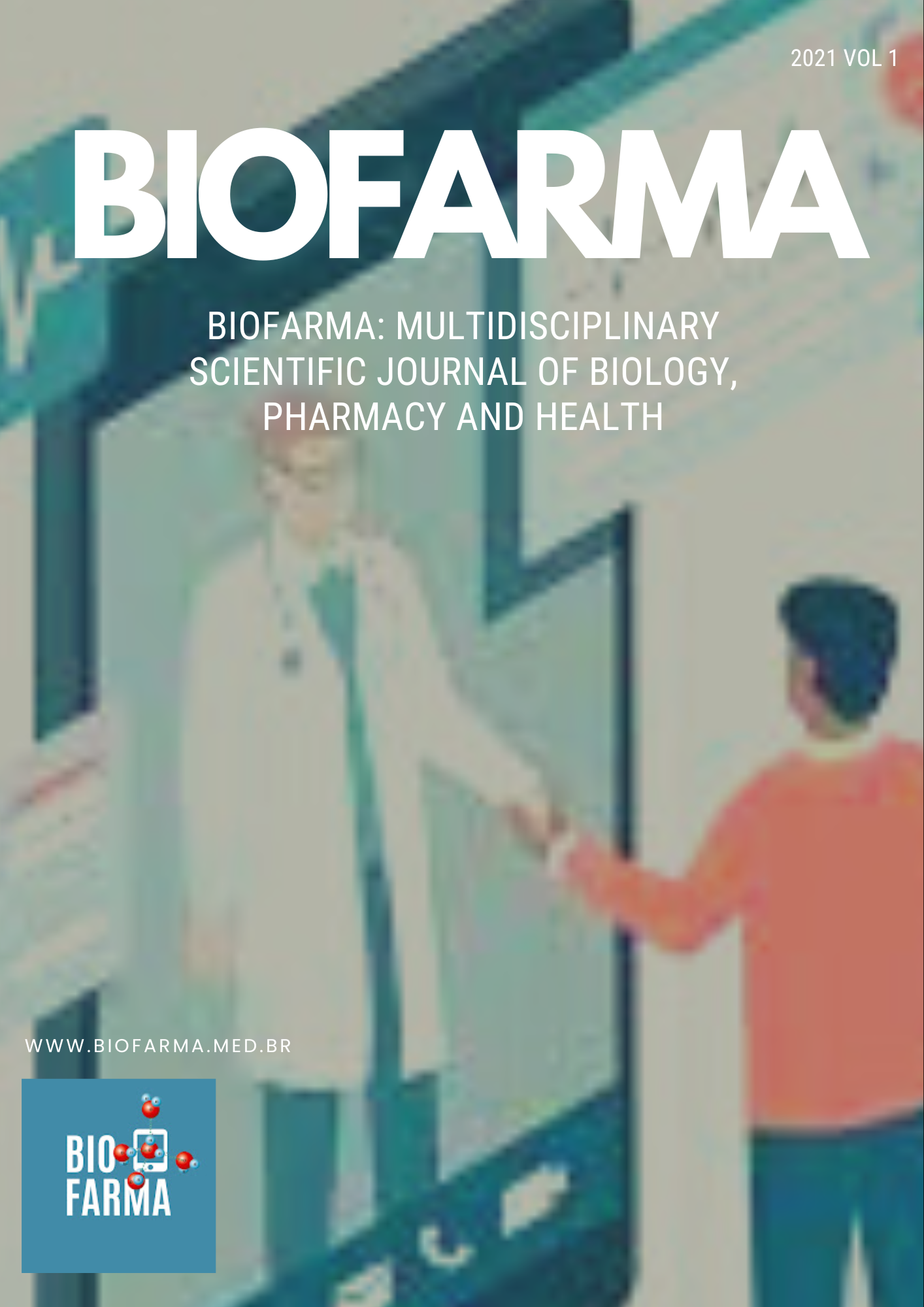WHAT IS THE STROOP TASK AND HOW CAN YOU USE IT IN YOUR OWN RESEARCH
Palavras-chave:
Schizophrenia; Cognition; Psychotic disordersResumo
The Stroop effect is one of the most widely known psychological phenomena. It describes the difficulty to name the font color of a word, if that word itself names a different color. In experienced readers, reading happens automatically and effortlessly. Therefore, it takes mental effort to suppress the meaning we gather from the word to instead focus on its color.
The mental effort we experience when trying to ignore the meaning of the word is what psychologists call ‘inhibition’. We can say that we need to ‘inhibit’ the automatic response of reading the word so we can give the more unusual response of naming the font color. Our brain’s ability to inhibit automatic responses is crucial to taking deliberate actions. It allows for our behavior to not just be governed by our habits and reflexes. Mental disorders, such as Schizophrenia, depression, or addictions can be both the cause and effect of a loss of inhibitory ability. This makes the study of cognitive inhibition an important focus of research. The Stroop task, among other tools, remains a reliable and widely used instrument to measure it.
Downloads
Referências
Astrachan B. M., Harrow M., Adler D., Brauer L., Schwartz A., Schwartz C., Tucker G. A checklist for the diagnosis of schizophrenia. British Journal of Psychiatry, 1972, 121, 529–539.
Bush M. Relationship between color-word test interference and MMPI indices of psychoticism and defensive rigidity in normal males and females. Journal of Consulting and Clinical Psychology, 1975, 43, 926.
Dyer F. N. The Stroop phenomenon and its use in the study of perceptual, cognitive and response processes. Memory and Cognition, 1973, 1, 106–120.
Dyer F. N., Severance L. J. Effects of irrelevant colors on reading of color names: a controlled replication of the “reversed Stroop” effect. Psychonomic Science, 1972, 28, 336–338.
Gumenik W. E., Glass R. Effects of reducing the readability of the words in the Stroop color-word test. Psychonomic Science, 1970, 20, 247–248.
Stroop, J. R. (1935). Studies of interference in serial verbal reactions. Journal of experimental psychology, 18(6), 643.
Golden, C. J., & Freshwater, S. M. (1978). Stroop color and word test.
Jensen, A. R., & Rohwer Jr, W. D. (1966). The Stroop color-word test: a review. Acta psychologica, 25, 36-93.
Downloads
Publicado
Como Citar
Edição
Seção
Licença
Copyright (c) 2021 Biofarma - Multidisciplinary Scientific Journal of Biology, Pharmacy and Health

Este trabalho está licenciado sob uma licença Creative Commons Attribution 4.0 International License.
Você tem o direito de:
*Clique na imagem da licença acima para saber mais detalhes.



